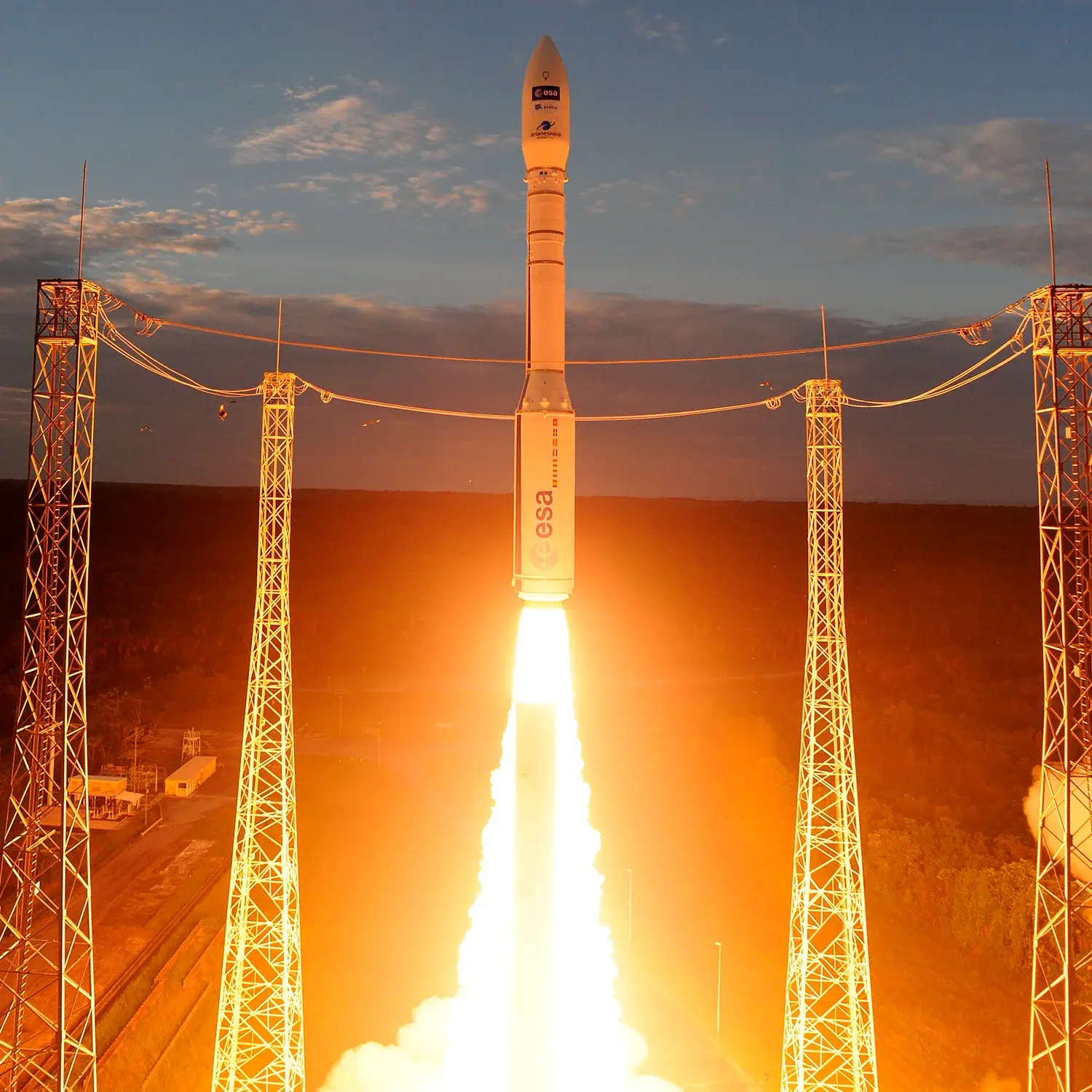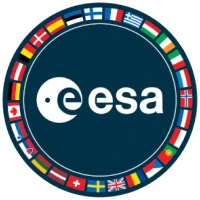Pléiades-Néo 4 & SSMS n°3
Launch Success
Liftoff Time (GMT)
01:47:05
Tuesday August 17, 2021
Watch Replay
Official Livestream
Mission Details
Read Article
Launch Notes
Flight VV-19.
Sunstorm
Sunstorm is a 2-unit CubeSat that will demonstrate a highly miniaturized solar X-Ray Flux Monitor (XFM) technology for Space Weather monitoring and forecasting. The CubeSat was developed by Reaktor Space Lab (Finland) and was built by a Finnish-UK consortium.
Sun-Synchronous Orbit
1 Payload
2 kilograms
BRO-4
BRO-4 is the 4th satellite of the BRO (Breizh Reconnaissance Orbiter) constellation dedicated to the interception of radio frequency signals from space to provide maritime and aerial traffic surveillance. The 6-unit CubeSat was built by GOMSpace for Unseenlabs.
Sun-Synchronous Orbit
1 Payload
8 kilograms
Pléiades-Néo 4
Pléiades-Néo, initially also known as VHR-2020, is a four-satellite very high-resolution earth observation satellite constellation by Airbus Defence & Space designed as a follow-on to the Pléiades-HR satellites. The satellites will feature an imager with 30 cm ground resolution, possibly featuring CILAS deformable mirrors. They will use TesatSpacecom laser communication relay terminals to transfer data via the EDRS network, enabling near-real-time access to the images. The Pléiades-Néo constellation will use a 700 km orbit with two orbital planes to allow intra-day revisit times.
Sun-Synchronous Orbit
1 Payload
922 kilograms
LEDSAT
LEDSAT (LED-based small SATellite) is a 1U CubeSat developed by the S5Lab research group at La Sapienza, Rome with the collaboration of ASI, ESA, and the University of Michigan. The CubeSat is equipped with LEDs and retroreflectors for optical tracking with ground-based telescopes and laser-ranging observatories.
Sun-Synchronous Orbit
1 Payload
1 kilograms
RadCube
RadCube is a 3U CubeSat mission for real-time monitoring of the space weather environment, such as space radiation and magnetic field in LEO. The CubeSat comes from a cooperation of C3S Electronics Development (Hungary), MTA Centre for Energy Research (Hungary), and the Imperial College London (UK).
Sun-Synchronous Orbit
1 Payload
5 kilograms
Launch Site
Stats
Vega
19th
Mission
2nd
Mission of 2021
European Space Agency
285th
Mission
3rd
Mission of 2021
2021
77th
Orbital launch attempt

